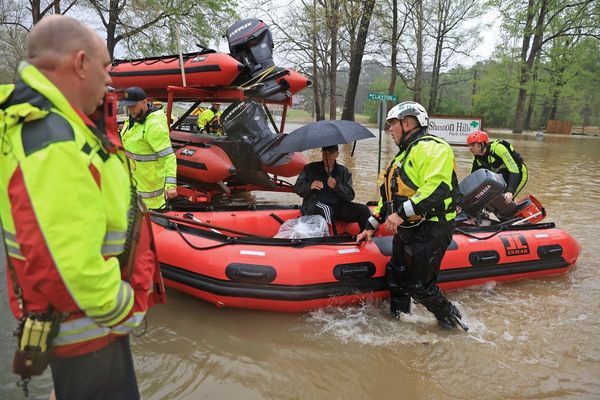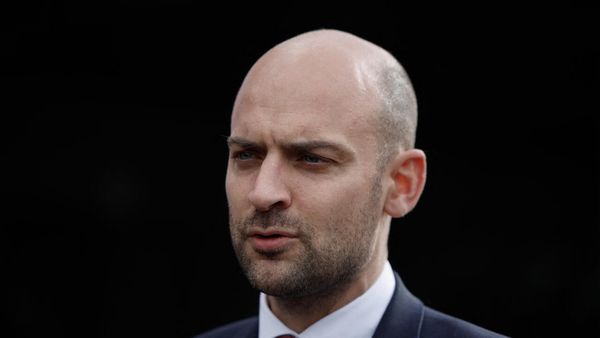
The Nord Stream gas pipeline was blown up by a small Ukrainian sabotage team in an operation that was initially approved by Volodymyr Zelenskiy and then called off, but which went ahead anyway, according to claims in a report in the Wall Street Journal.
A spokesperson for the Ukrainian president has denied the claims.
The pipeline, consisting of the Nord Stream 1 and Nord Stream 2 pipelines, carried natural gas from Russia to Germany under the Baltic Sea. It was damaged by explosions in September 2022, seven months after Moscow’s full-scale invasion of Ukraine, putting it out of action and worsening an energy crisis in Europe.
Initially, many assumed Russia was to blame. Later, others suggested the CIA could have been involved. Last year, the New York Times reported that US officials had seen intelligence suggesting a “pro-Ukrainian group” was behind the explosions, while last month, Hungary’s prime minister, Viktor Orbán, called the explosions “an act of terrorism carried out at the obvious direction of the Americans”.
According to the WSJ, the sabotage operation involved a small sailing boat and a team of six people, a combination of Ukrainian soldiers and civilians with relevant expertise. The operation used private funding but was directed by a serving army general, who reported to Ukraine’s then commander in chief, Valerii Zaluzhnyi. Zelenskiy approved the plan, but later backtracked after the CIA found out about it and asked Kyiv to call it off, according to the WSJ’s sources.
Nonetheless, Zaluzhnyi pressed ahead with the mission, the report claims.
Zaluzhnyi, now Ukraine’s ambassador to the UK, told the WSJ he knew nothing about the operation and called the allegations a “mere provocation”.
Ukraine has always denied involvement in the explosion and on Thursday a spokesperson for Zelenskiy again accused Russia of carrying out the sabotage. “Such an act can only be carried out with extensive technical and financial resources … and who possessed all this at the time of the bombing? Only Russia,” Mykhailo Podolyak told Reuters.
Other Ukrainian agencies also denied governmental involvement. A senior official from the SBU, Ukraine’s security service, told the WSJ that Zelenskiy “did not approve the implementation of any such actions on the territory of third countries and did not issue relevant orders”.
However, German police and prosecutors are reportedly pressing on with an investigation that is now homing in on senior Ukrainian military officials and could prove embarrassing for Berlin, given that it involves an ally launching an act of sabotage against key infrastructure.
On Wednesday it emerged that German authorities had issued a European arrest warrant for a man identified as “Volodymyr Z”, a diving instructor who lived in Poland and is alleged to have dived down to the seabed to place the devices on the pipeline.
Polish prosecutors confirmed they had received a European arrest warrant for a man suspected of involvement in the Nord Stream attack. “Ultimately, Volodymyr Z was not detained, as he left the territory of Poland at the beginning of July this year, crossing the Polish-Ukrainian border,” prosecutors said in a statement.
Roderich Kiesewetter, a member of the opposition CDU who serves on the foreign affairs committee of the German parliament, urged caution about the allegations raised in the WSJ report. He told German radio there were “intensive interests” in “letting all the clues lead back to Ukraine”, warning that this could be “part of the disinformation”.
He said there continued to be an “extensive amount of murkiness” surrounding the case, and that it could not be ruled out that this was a “false flag” operation – an attempt to push the blame on to Ukraine. He added that the pipelines had only been destroyed “once it was … clear that gas would never flow through them again”.







